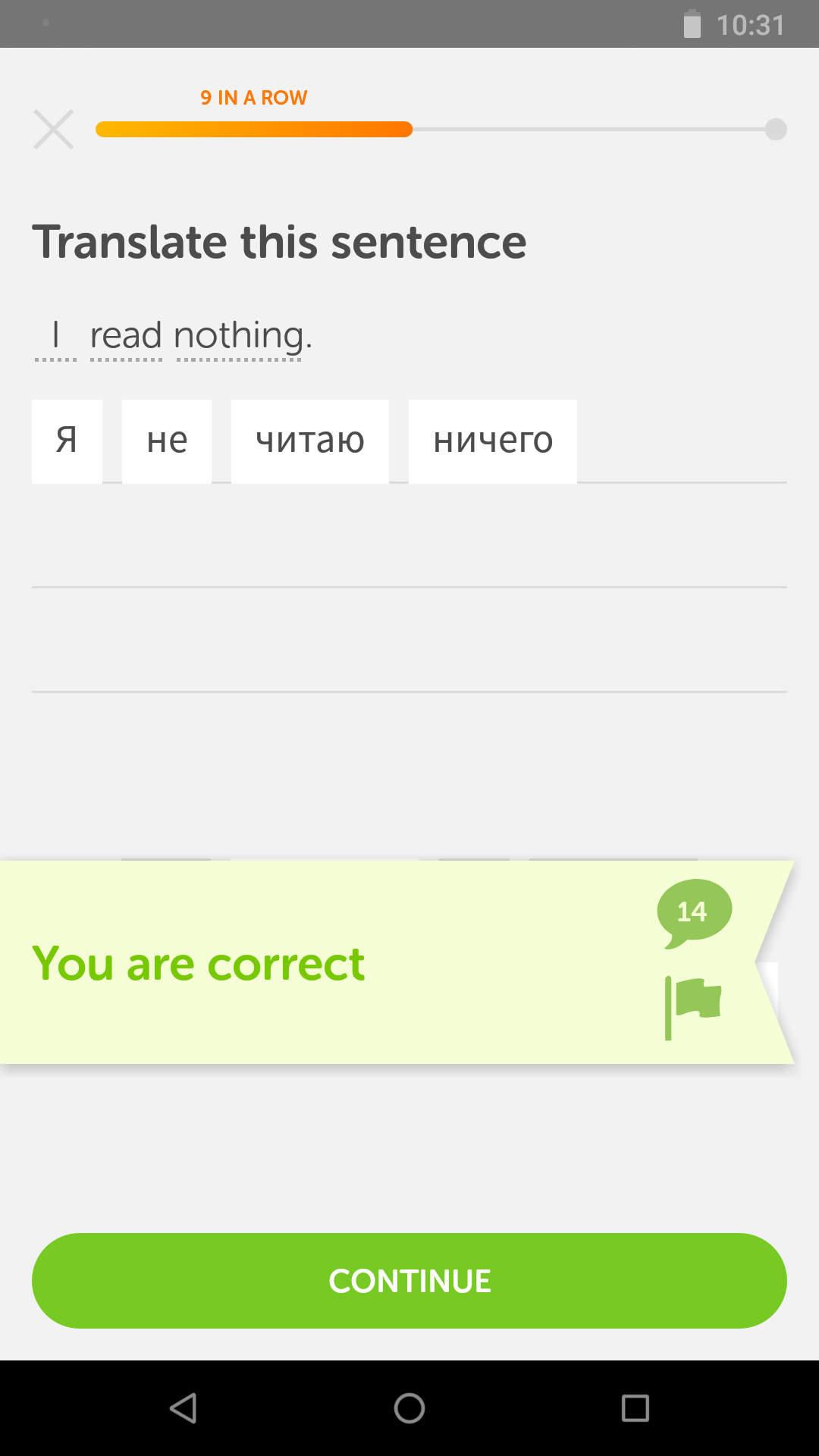 Many Singaporeans will have heard of the tragic story of Lady Jennifer Windsor, wife of Lord Windsor. One of many British residents in the colony, she and her wealthy family lived on a huge estate in Upper Thomson in the 1920s.
Many Singaporeans will have heard of the tragic story of Lady Jennifer Windsor, wife of Lord Windsor. One of many British residents in the colony, she and her wealthy family lived on a huge estate in Upper Thomson in the 1920s.
Yet this idyllic existence was shattered on one cruel day in 1923. Lady Jennifer’s three young children, Harry, Paul and little Angela, were playing at a nearby bridge when out of nowhere, a flash flood suddenly swept them all away to her deaths. The bodies of the two little boys were found downriver, but Angela’s body was never found.
Soon people started to hear what sounded like the cries of a little girl near the bridge, and the desperate Lady Jennifer went there to comfort her lost child’s soul. She ended up spending the rest of her life in mourning near the bridge, and that is how the Singaporean neighbourhood of Ang Mo Kio, or Caucasian Bridge, got its name.
It’s a tragic tale, retold in many places like New York Times journalist Cheryl Tan’s book A Tiger in the Kitchen, a Singaporean TV documentary, the Wikipedia page for Ang Mo Kio and too many blogs and tourist guides to count. There’s only one tiny flaw in the story: it’s unadulterated horseshit.
The story seems off even on casual inspection. “Jenny from the block“, the Cornish version of Guinevere, seems an unlikely choice of name for an aristocrat born in the late 1800s. The Windsors are nothing less than the British royal family, so what happened to that estate, and why are there no other traces of them in Singapore? If they had lived here, would they really let their young children play on a road completely unsupervised? And even if they did, are flash floods large enough to wipe out bridges but not accompanied by massive storms really a thing in Singapore?
Once this thread of suspicion had been pulled, the entire fabric of the hoax unraveled within days. A Google Books search revealed both precisely zero hits for the fair Lady before 2009, and that there were historical references to the name Ang Mo Kio as early as 1855, decades before her supposed birth. Soon a Wikipedia sleuth tracked down the apparent original source, namely this shitpost by a “Michaelzhang68” in the Chit Chat room of the late sgforums.com on November 21, 2008. Nobody bought it there either, as the improbable tale was promptly torn to shreds and one reply even lampooned it by suggesting that Ah Hood Road was named when Robin Hood decided to swap Nottinghamshire for Singapore.
Nevertheless, the original creator seems to have persisted, since mere hours later, a verbatim copy of the post was added to Wikipedia’s “Ang Mo Kio” page by a “Paulchen68”, and that’s all it took for the legend to sprout seed. For 11 long years and 8 months until July 2020, the story sat there, occasionally embellished or reformatted, but essentially unquestioned until this ang moh happened to move next to Ang Mo Kio and started wondering where that name came from.
So where did the name come from? I subscribe to the least sexy possible theory: a bridge (桥 kio in Hokkien) was built from concrete (红毛灰 ang mo he “Western ash”), which then became Ang Mo Kio. But maybe you shouldn’t trust the claims of a random stranger on the Internet on this point either…
Picture of a suitably skeptical-looking “Lady Jennifer” from the Mardi Gras Museum at Arnaud’s, an execrable tourist trap in New Orleans.




























